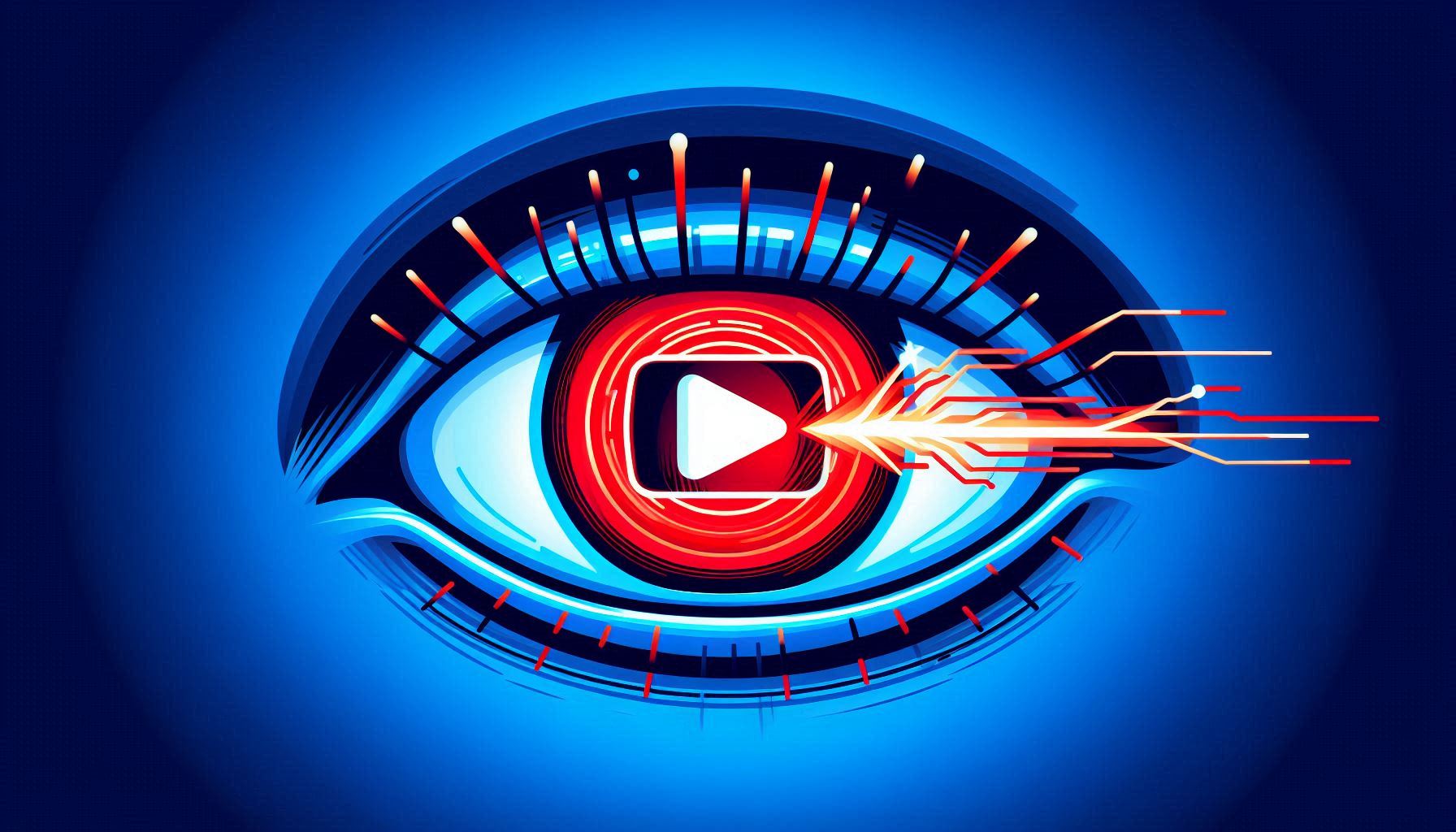The Psychology of a High-CTR Thumbnail: 5 Principles That Trigger Clicks

Ever wonder why you instinctively click on one video over another, even when the titles are nearly identical? It’s not random chance. It’s psychology. The best creators understand that a thumbnail isn't just a preview; it's a direct conversation with the viewer's subconscious mind. Moving beyond basic design rules and into the realm of psychology is the secret to creating thumbnails that are not just seen, but clicked.
Here are five psychological principles that the top-performing thumbnails use to their advantage.
1. Color Psychology: The Emotional Shortcut
Color is the fastest way to communicate a feeling. Our brains are hardwired to associate colors with specific emotions and concepts. You can use this to instantly set the tone for your video before a single word of your title is read.
- Reds & Yellows: These high-energy colors evoke excitement, urgency, and attention. They are fantastic for dramatic or high-stakes content. Think "Warning!" or "Breaking News!"
- Blues & Greens: These colors are calming and convey trust, stability, and knowledge. They work wonderfully for educational content, tutorials, or financial advice.
- High Contrast: Regardless of the specific colors, high contrast between your subject and background is a psychological signal for clarity and importance. It makes the subject "pop" and tells the brain, "This is the most important thing to look at."
2. The Unavoidable Power of Faces
Our brains have a specific region, the fusiform face area, dedicated to recognizing faces. We are biologically programmed to look at them and read their emotions. This is the most powerful tool in your thumbnail arsenal.
- Emotion is Contagious: A thumbnail showing a face with a strong, clear emotion (like shock, joy, or intense concentration) triggers an empathetic response in the viewer. They feel a shadow of that emotion and want to understand its cause. - Gaze Direction: Where is the person in your thumbnail looking? Our eyes will instinctively follow their gaze. If they are looking at a product or text in the thumbnail, the viewer's eyes will be directed there too.
3. The Curiosity Gap: The Unfinished Story
A great thumbnail works like a movie trailer. It presents a compelling question but doesn't give away the answer. This creates a "curiosity gap"—a psychological itch that the viewer feels compelled to scratch by clicking.
You can create this gap by showing:
- A Before-and-After: Show a dramatic transformation, but don't fully explain how it happened.
- An Unexpected Juxtaposition: Combine two things that don't belong together (e.g., a cat using a laptop).
- A Red Circle or Arrow: These classic elements point to something "important" without revealing what it is, creating an irresistible need to find out.
4. Cognitive Ease: Make It Easy for the Brain
The human brain is fundamentally lazy; it prefers to process things that are simple and easy to understand. This is called cognitive ease. A thumbnail that is cluttered, confusing, or has hard-to-read text creates cognitive strain, and viewers will often scroll past it to find something easier to digest.
- Simple Fonts: Bold, clean, sans-serif fonts are processed much faster than complex, script-like fonts.
- One Clear Idea: A thumbnail should have one single, clear focal point. If the viewer has to spend more than a second trying to figure out what they're looking at, you've likely lost them.
5. The Zeigarnik Effect: The Need for Closure
Related to the curiosity gap, the Zeigarnik effect is a psychological principle stating that people remember unfinished or interrupted tasks better than completed ones. A thumbnail can create this sense of incompletion.
A progress bar that is almost full, a question posed in the text, or an image that implies an impending action all create a sense of tension. The viewer's brain seeks closure, and the only way to get it is to click the video and see the task to its conclusion.
Conclusion: Design with Intent
Stop thinking like a designer and start thinking like a psychologist. Your thumbnail is not just a static image; it's an active psychological trigger. By using color to set a mood, faces to create connection, and curiosity to create a need, you are no longer just hoping for clicks—you are engineering them. Design with intent, and watch your click-through rate soar.